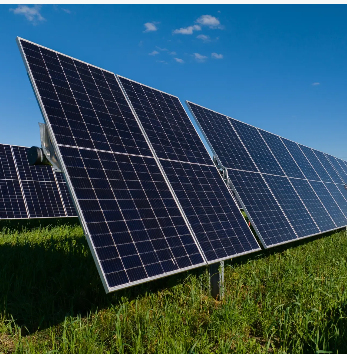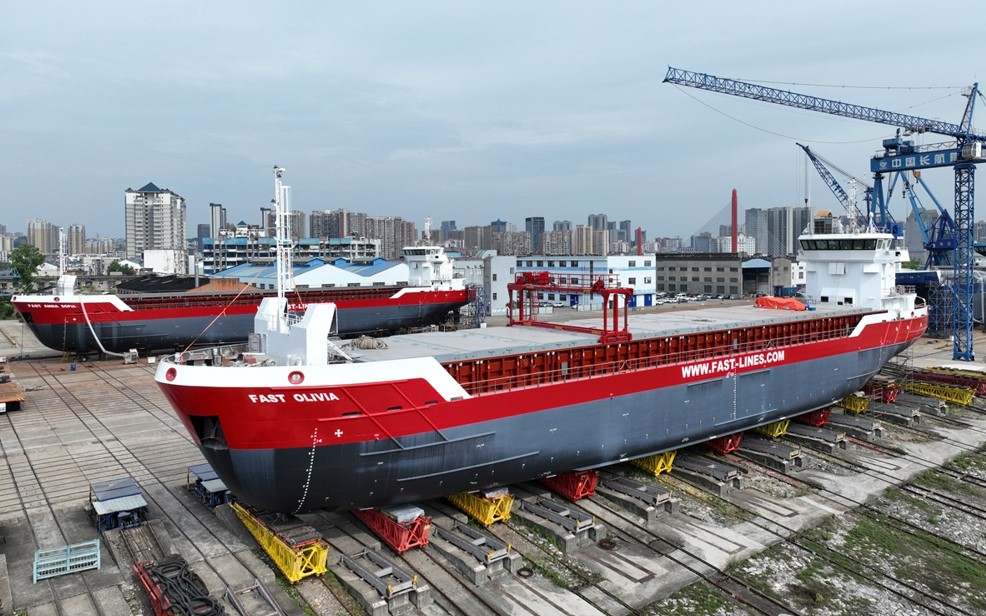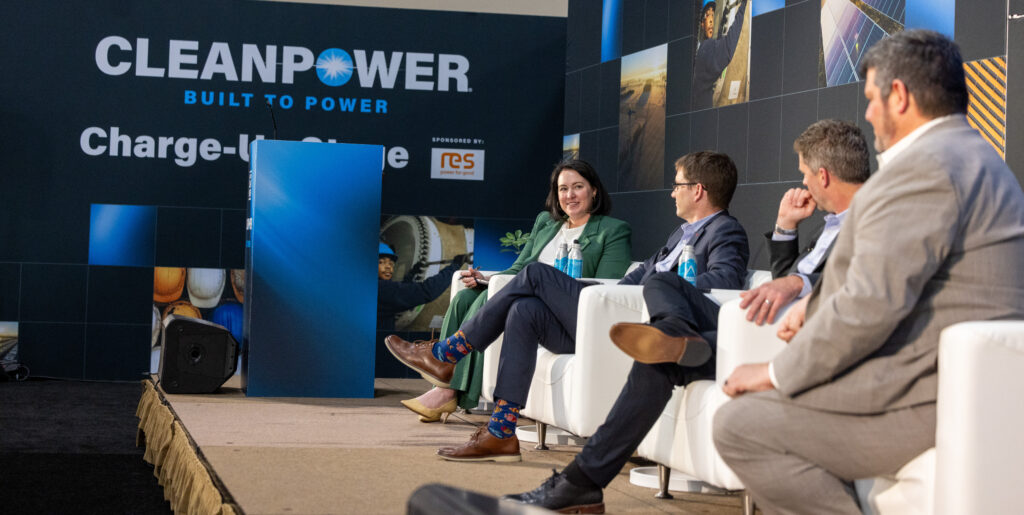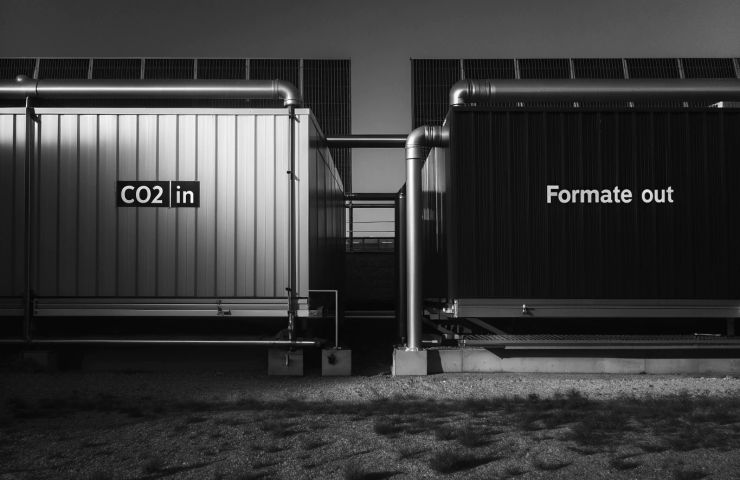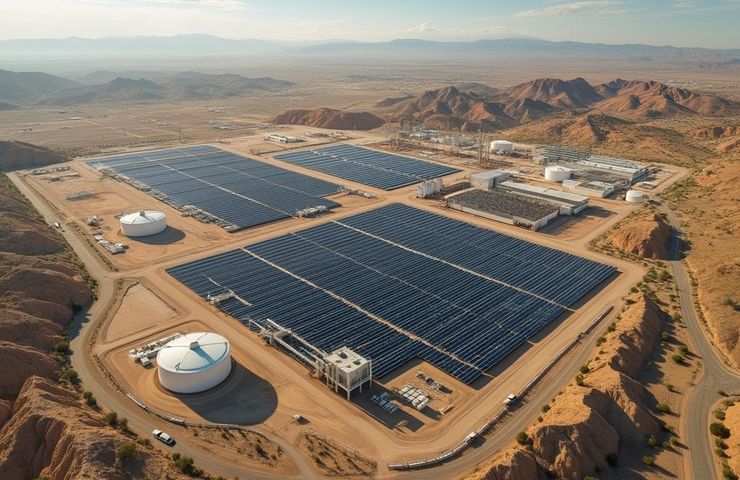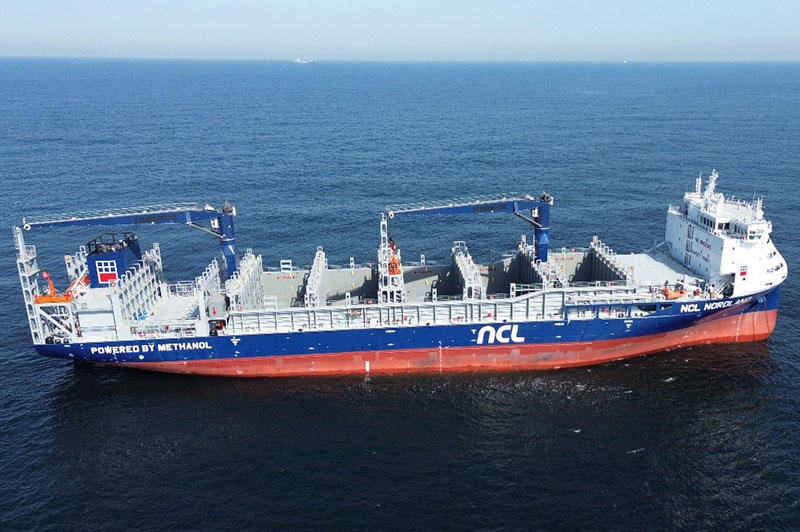New soiling chamber for testing of dust buildup in solar modules
Scientists in India have designed a new soiling chamber that is capable of emulating the soiling conditions of a given geographical location in a shorter time frame, hosting larger panels compared to conventional setups. The new chamber can be used to estimate soiling losses and cleaning costs for potential solar power plant sites, to improve existing soiling models, to investigate how factors like tilt angle affect soiling, and to evaluate the effectiveness and durability of anti-soiling coatings.

Scientists in India have designed a new soiling chamber that is capable of emulating the soiling conditions of a given geographical location in a shorter time frame, hosting larger panels compared to conventional setups. The new chamber can be used to estimate soiling losses and cleaning costs for potential solar power plant sites, to improve existing soiling models, to investigate how factors like tilt angle affect soiling, and to evaluate the effectiveness and durability of anti-soiling coatings.
Researchers from Tezpur University in India have developed a new type of soiling chamber aimed at investigating dust buildup dynamics on PV modules.
“The soiling chamber is capable of emulating the soiling conditions of a given geographical location in a shorter time frame,” the research project leader, Nabin Sarmah, told pv magazine. “Unlike existing soiling chambers that can typically accommodate glass coupons of limited size, this chamber can be used for PV modules up to 0.76 m × 0.76 m, replicating environmental factors like temperature, humidity, wind, dust concentration, and rain.”
“Understanding how dust accumulates and affects PV performance is crucial, but conducting long-term studies outdoors is time-consuming and subject to fluctuating environmental conditions,” he went on to say. “The newly developed chamber aims to address this by providing a controlled environment where the impact of various factors can be studied.”
The new soiling chamber can be used to estimate soiling losses and cleaning costs for potential solar power plant sites, to improve existing soiling models, to investigate how factors like tilt angle affect soiling, and to evaluate the effectiveness and durability of anti-soiling coatings.
In the paper “Development of a soiling chamber for indoor soiling loss studies on solar PV power generation,” published in Solar Energy, the research team explained that the new chamber can reproduce outdoor long-term soiling effects in a shorter timescale.
The external dimensions of the chamber are 1.5 m × 1.2 m × 1.0 m and its working volume is 1.0 m × 0.85 m × 0.7 m. It uses a water sprayer with a nozzle on top to reproduce rain events and a dust sprayer to vary the concentration of suspended dust inside the chamber. Moreover, it relies on a heater to keep the temperature uniform across the tested PV modules and a fan to simulate wind, with several humidifiers and dehumidifiers regulating the humidity.
“The soiling chamber is constructed of iron sheets and topped with a heat-shield thermal barrier. A mild steel sheet is utilized in the fabrication of the enclosed chamber,” the paper notes. “Thermal insulation is ensured by placing a hardwood cover over the iron sheet and inserting glass wool between the two.”
The performance of the chamber was validated using outdoor soiling measurements taken at two different locations in India over a period of one year and the scientists found it could replicate the outdoor conditions with minimal deviations in terms of both dust density and power output.
“The difference in power between an emulated and outdoor exposed module was determined to be 1.5 % for a 20Wp PV module in site A and 1.6 % for a 40Wp PV module in site B,” Sarmah explained. “The difference in dust density between artificially soiled and outside-exposed modules was just 0.08 g/m2 for the first site, located near a trafficked highway, and 0.02–0.04 g/m2, for the second site, located within a rural area.”
The chamber was developed by Tezpur University with the support of the Sapienza University of Rome in Italy and India's Jorhat Institute of Science and Technology.
What's Your Reaction?


















